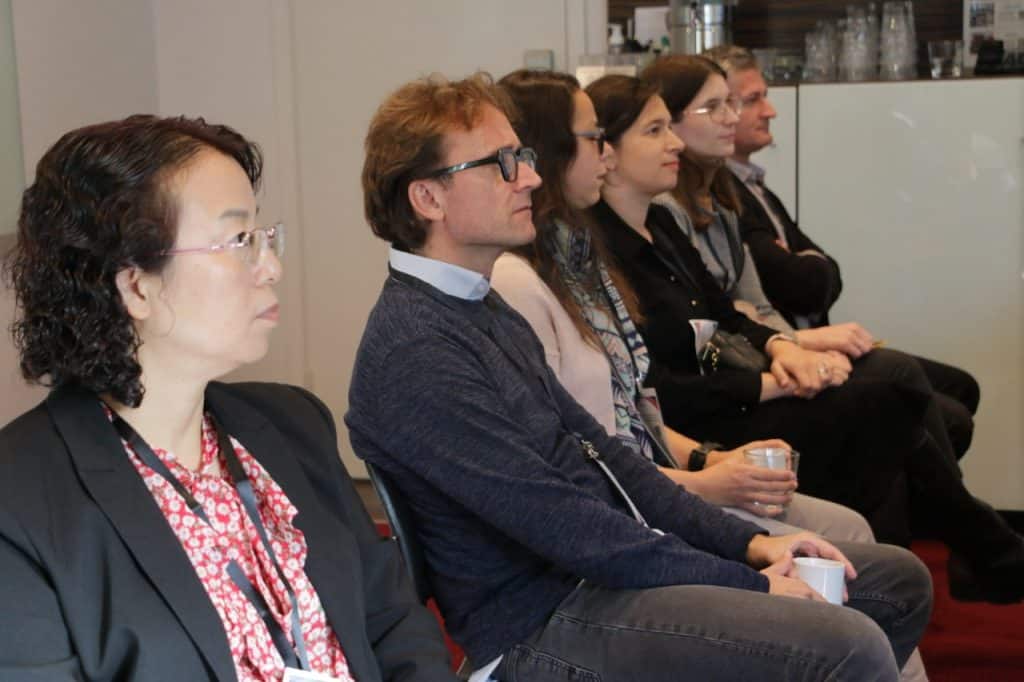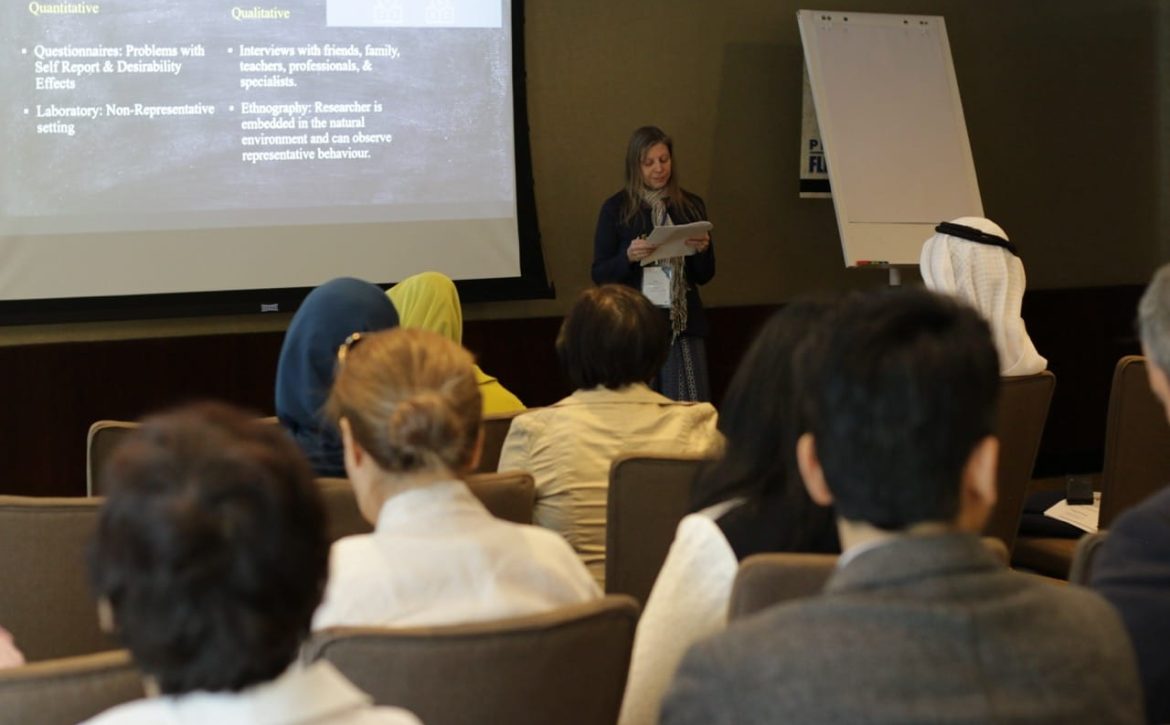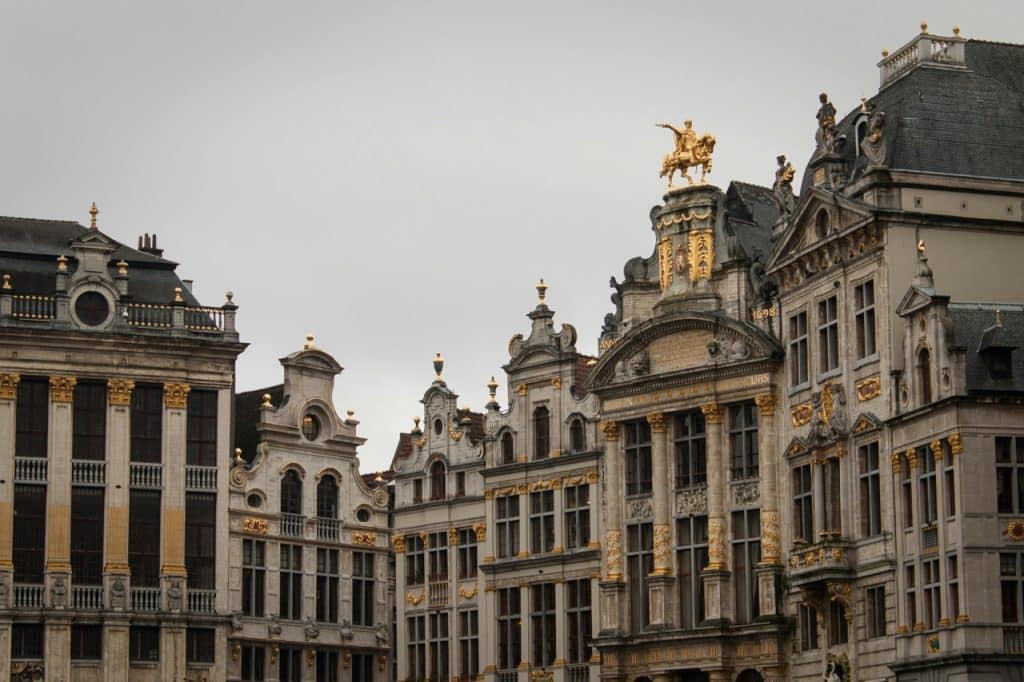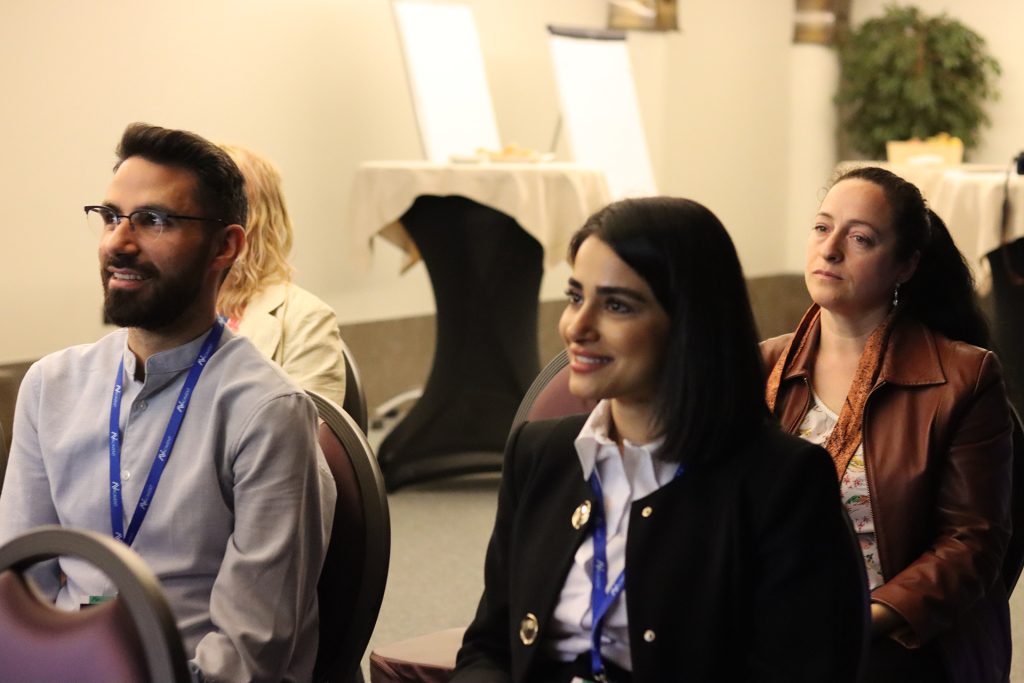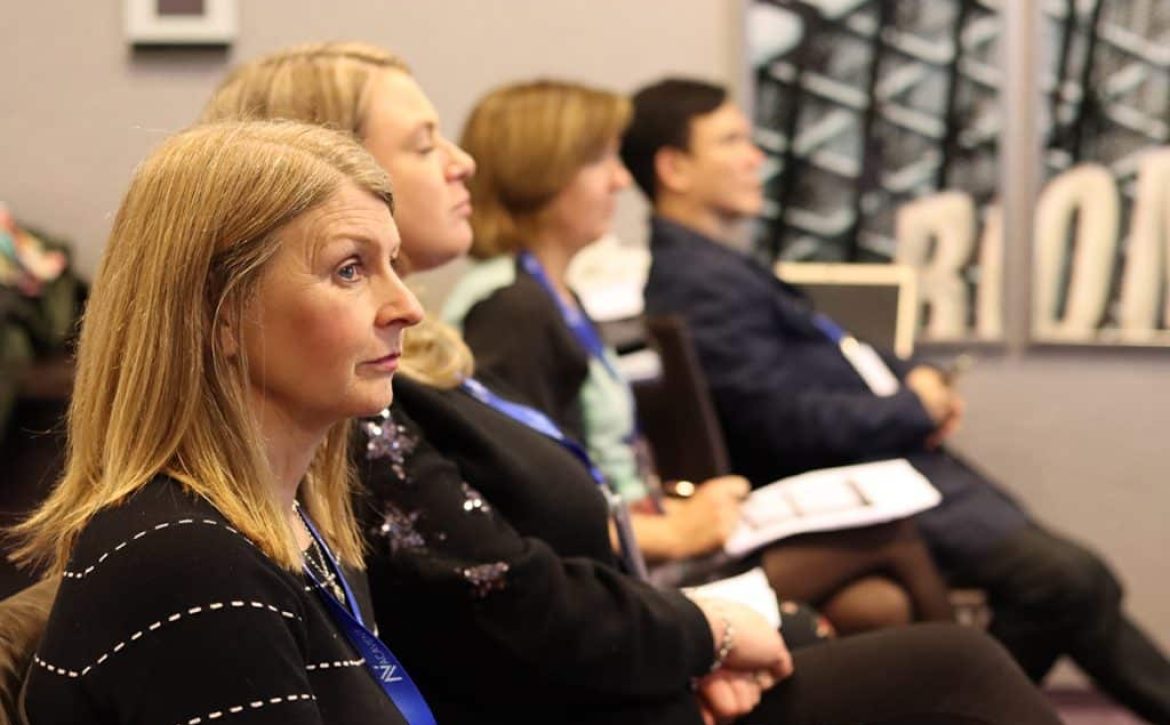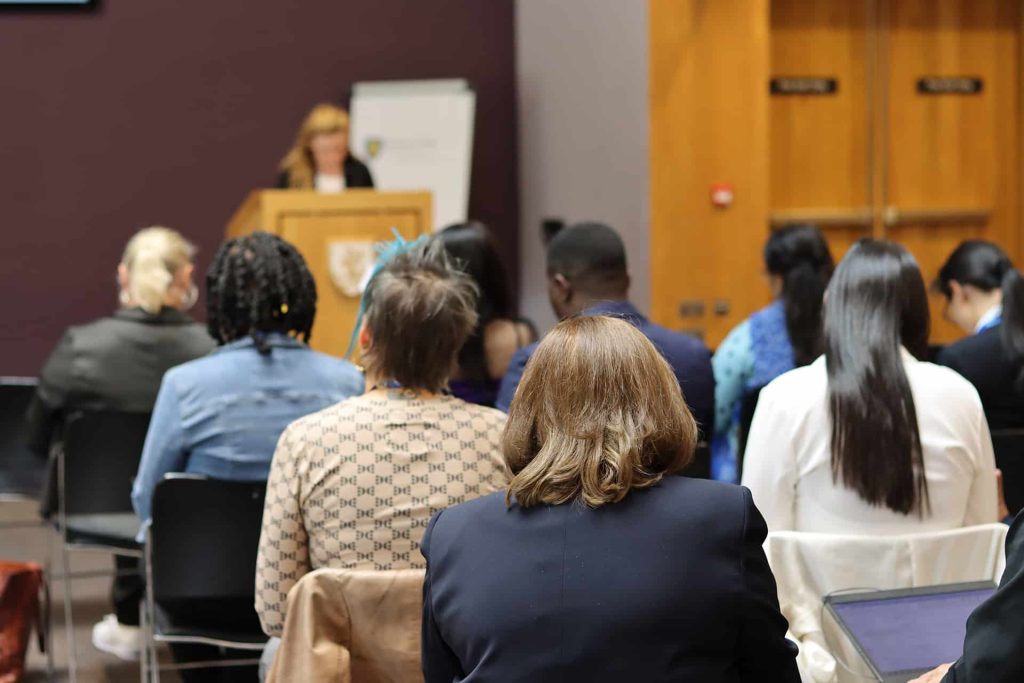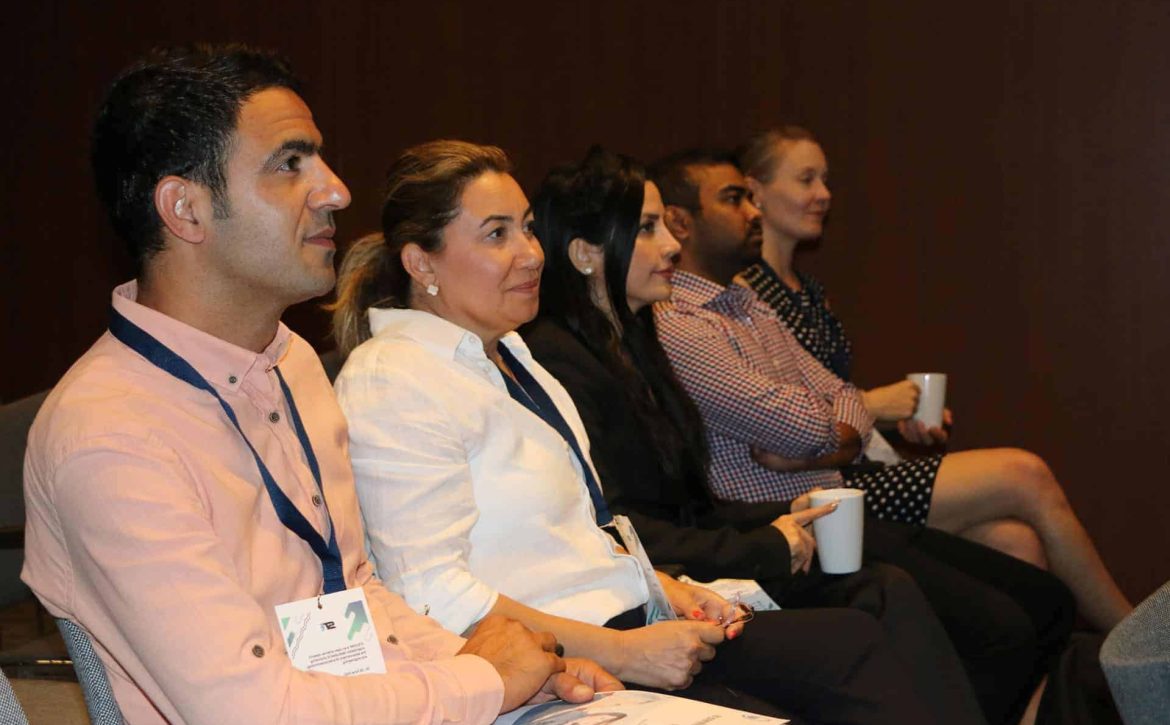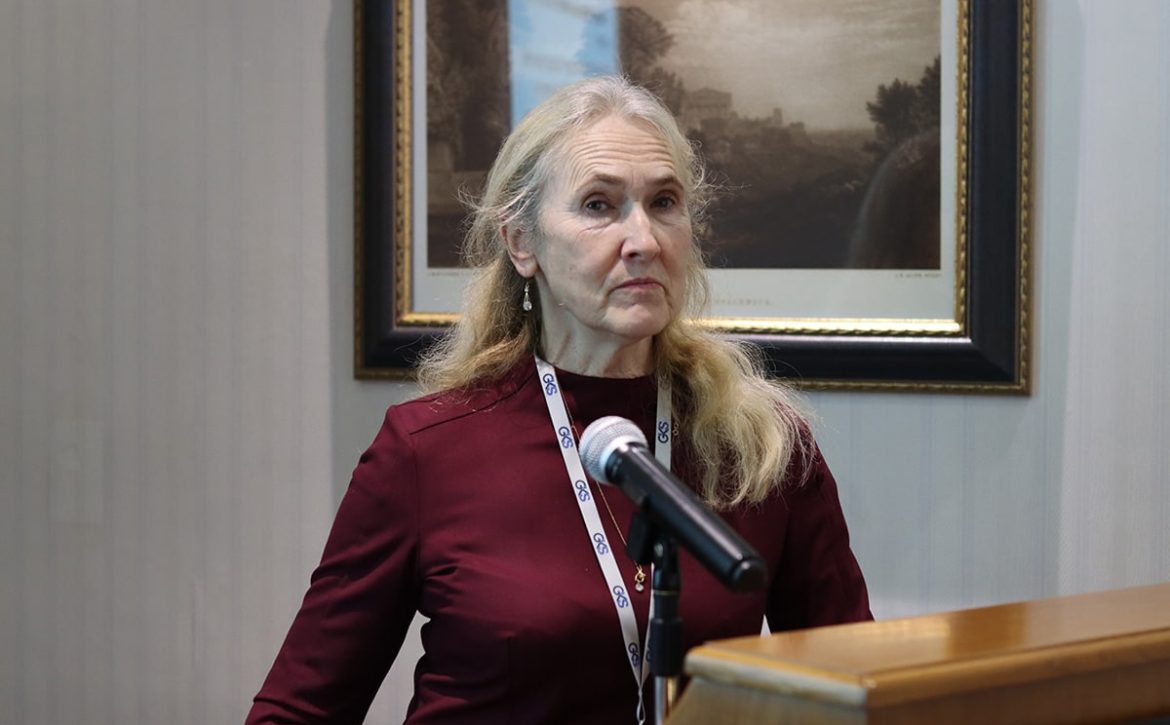Teaching Conference 2024: Revolutionizing Education in London
Join us for the Teaching Conference 2024 in the heart of London, UK, from August 21st to 23rd, 2024, for an immersive experience that promises enrichment and inspiration. Whether you’re presenting your research to a global audience, refining your work with valuable feedback, or soaking in insightful discussions as a listener, the Teaching Conference 2024 offers unparalleled opportunities for academic growth.
Why Attend the Teaching Conference 2024?
Expand Your Knowledge
Discover the latest advancements and trends in teaching and learning. Gain a competitive edge in your field by exploring cutting-edge research and innovative teaching practices.
Gain Valuable Insights
Engage in thought-provoking discussions, attend inspiring keynote sessions, and delve into innovative teaching practices that will elevate your own approach to education.
Personal and Professional Growth
Connect with like-minded individuals, build lifelong connections, and find inspiration to fuel your passion for teaching and education. Enhance your skills, broaden your perspectives, and receive recognition for your contributions through conference participation and paper presentations.
Call for Papers
The Teaching Conference 2024 invites submissions on various topics, including Education Theory and Practice, Language Education (ELT/ FLT), Education Policy and Administration, Teaching, Child and Family Education, Learning, e-Learning, and more. All submitted abstracts will be evaluated by the Scientific Committee, ensuring original and previously unpublished research results.
Submission Guidelines
Manuscripts should adhere to the format set by the Conference committee and are subject to review. Detailed instructions and full paper submission guidelines will be emailed to participants following the conference. Additionally, the conference follows strict anti-plagiarism policies, using Crossref Similarity Check powered by iThenticate.
Publication Opportunities
Participating in the Teaching Conference 2024 provides the chance to publish your research in esteemed indexed journals. This amplifies the reach and impact of your findings within the educational community.
Explore London
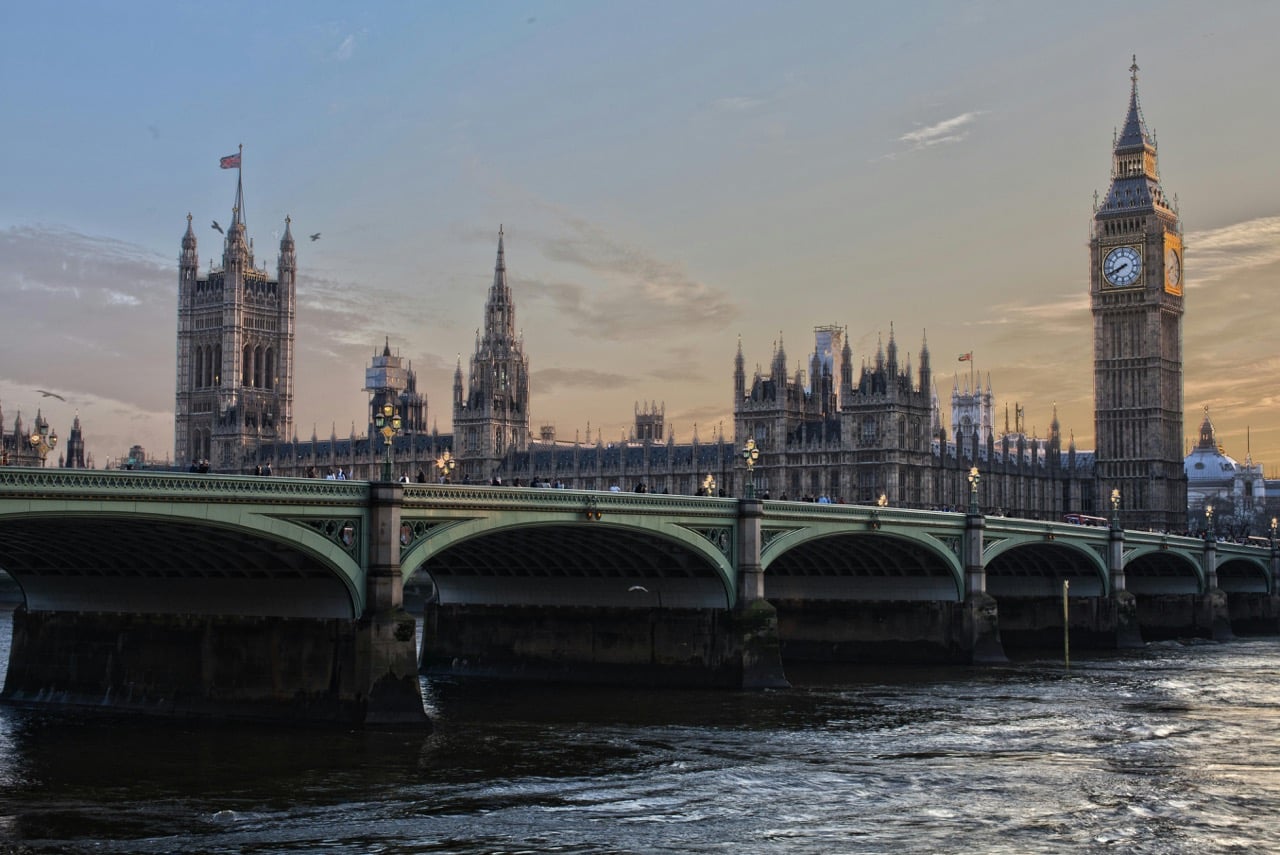
Event Details
- Date: August 21 – 23, 2024
- Location: Mas Montagnette, 198 West 21st Street, NY
- Contact: +1 485-048-1995
Don’t miss out on the chance to be a part of the Teaching Conference 2024. Secure your spot now and contribute to shaping the future of higher education.
Key Information and Registration
For more details on registration, paper submission, and visa information, visit our Key Information and Register Now pages. Ensure you stay updated with the latest developments by following our conference news and updates.
The International Conference on Innovative Teaching and Education (ITECONF) is dedicated to exploring cutting-edge approaches in teaching and education. Join us in London and be part of a global movement that is revolutionizing education.



